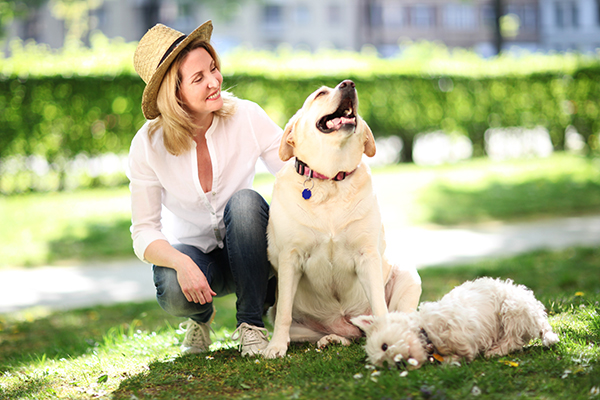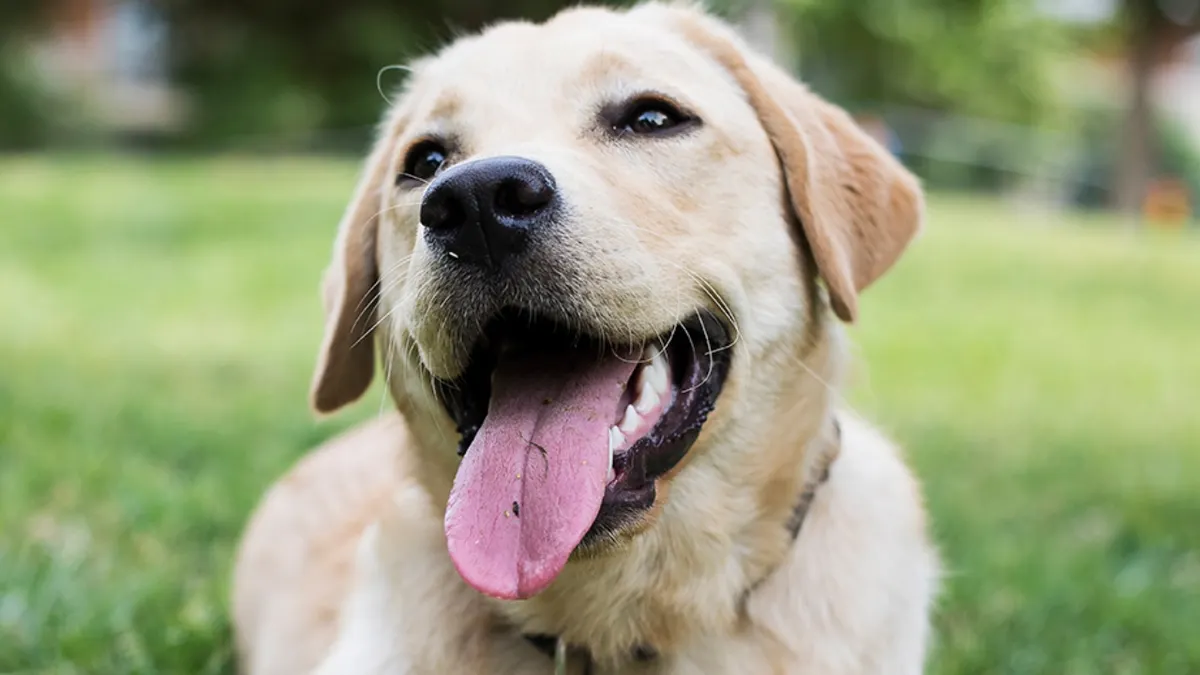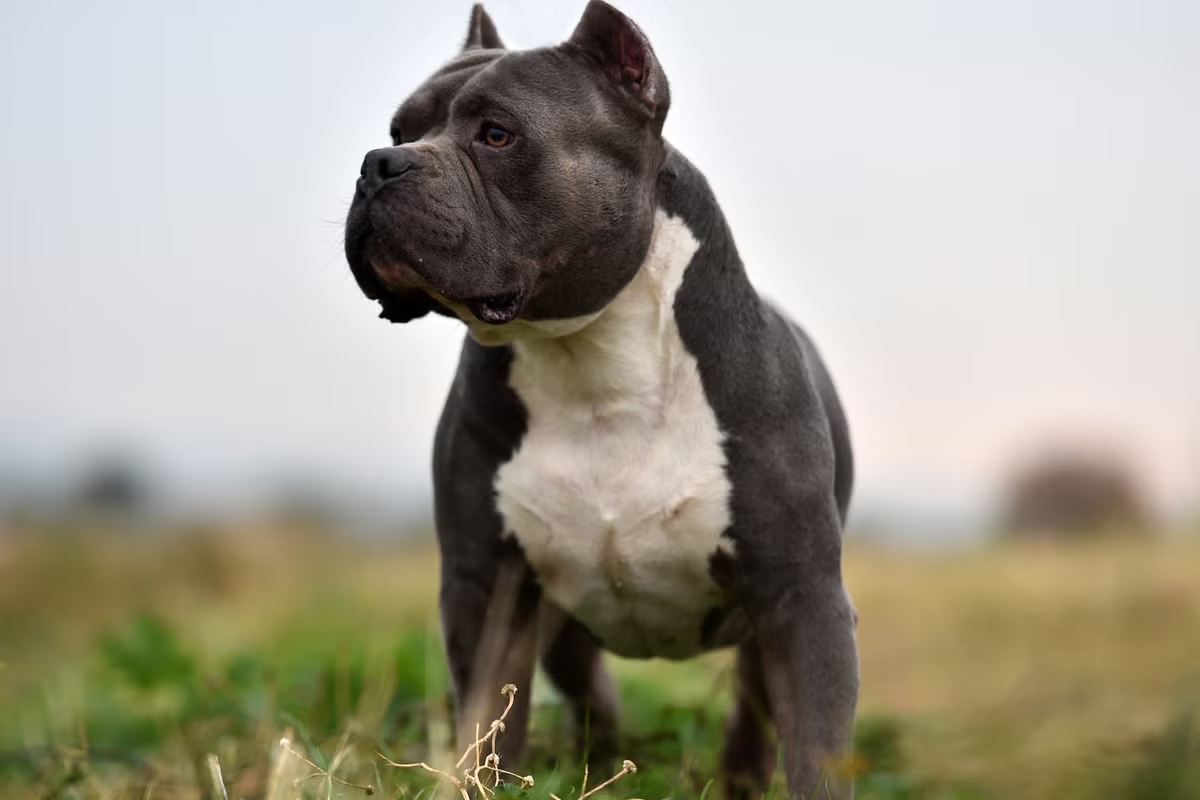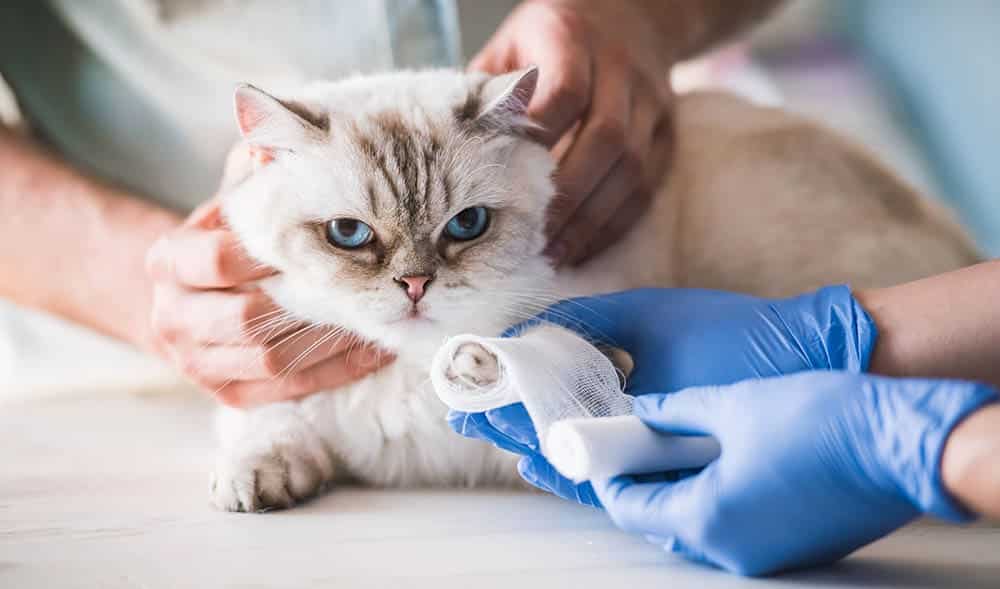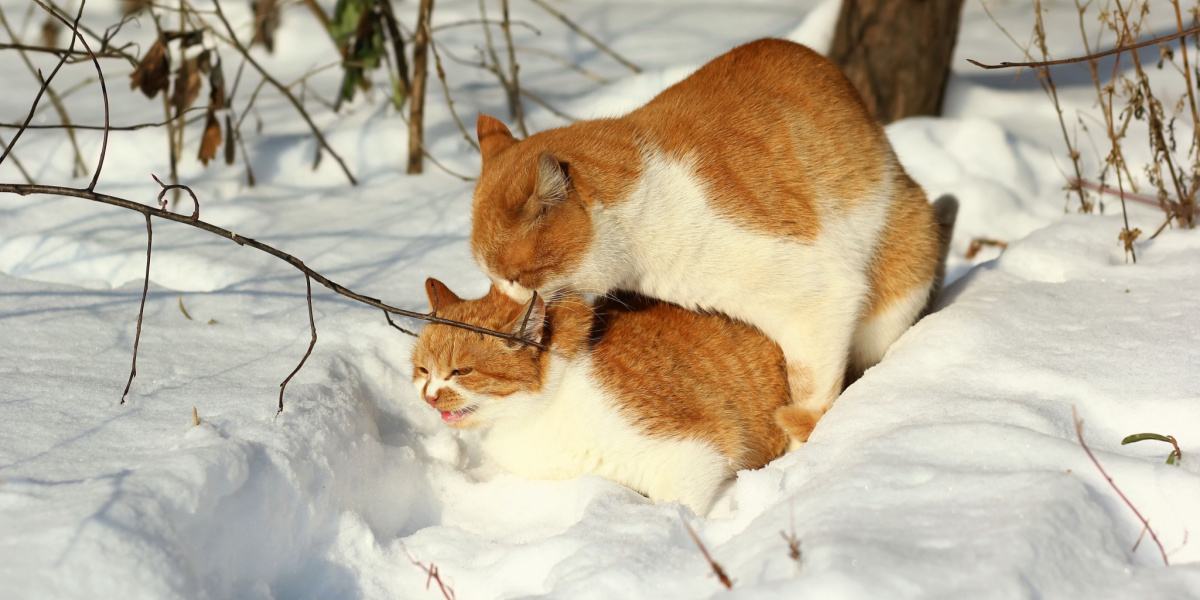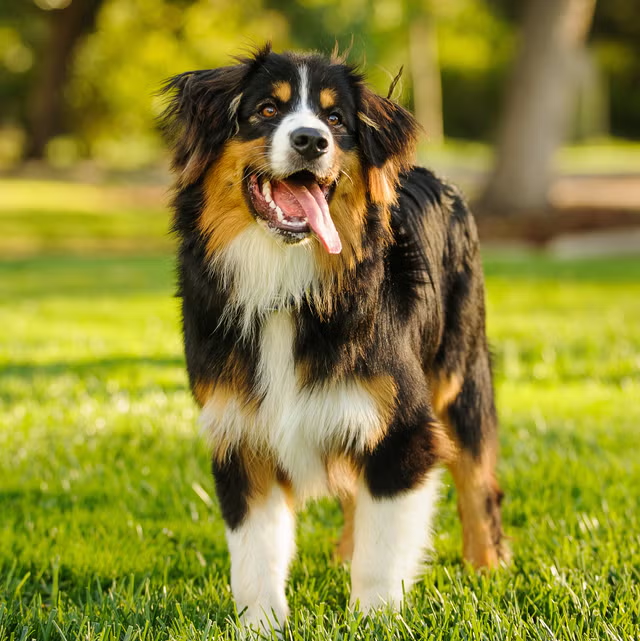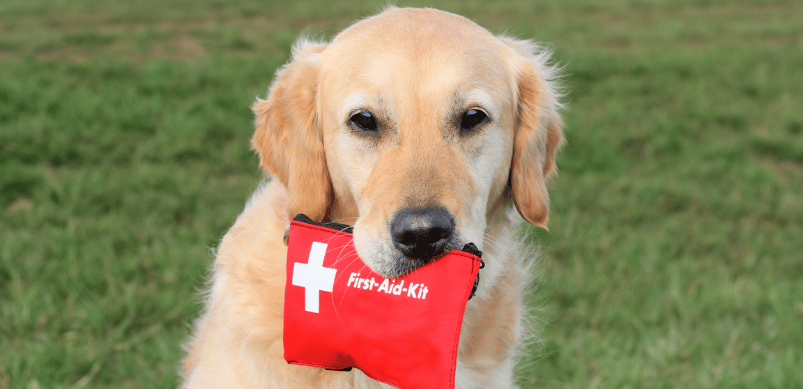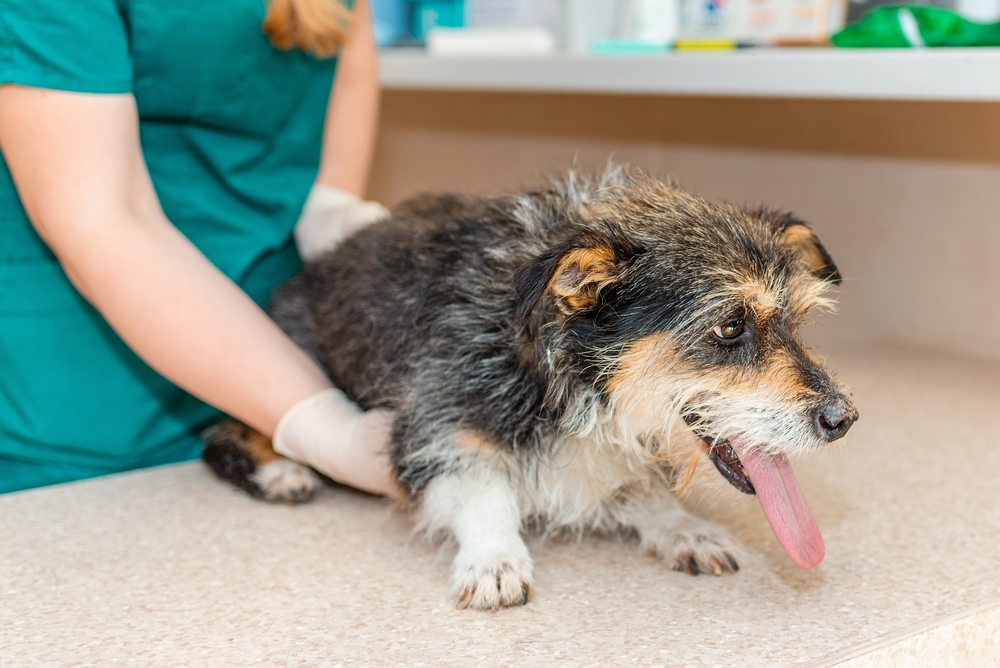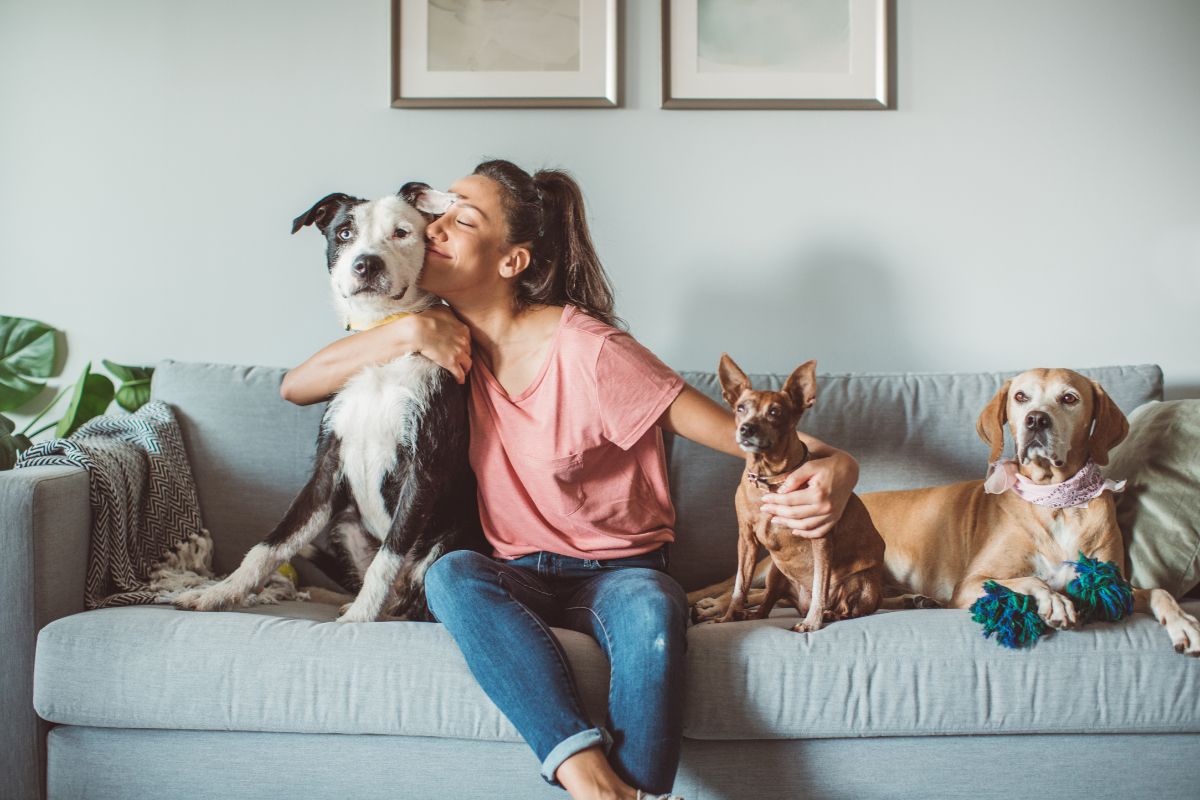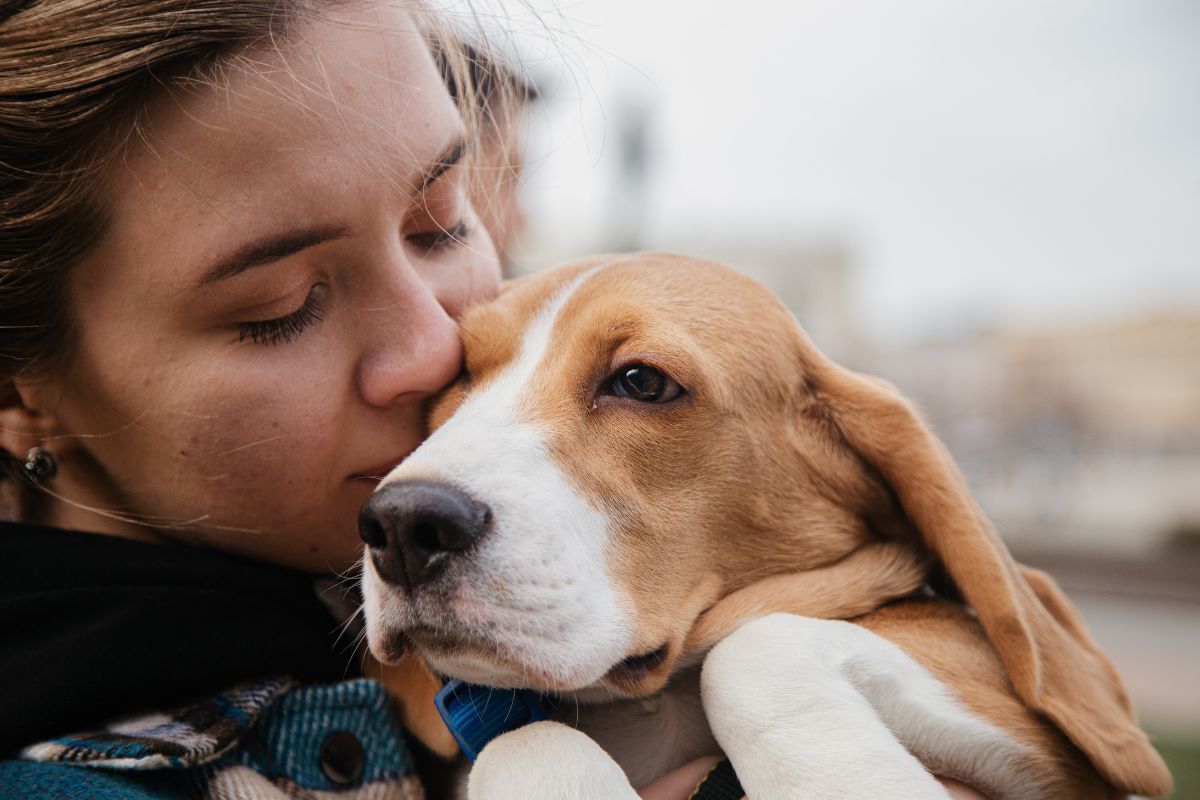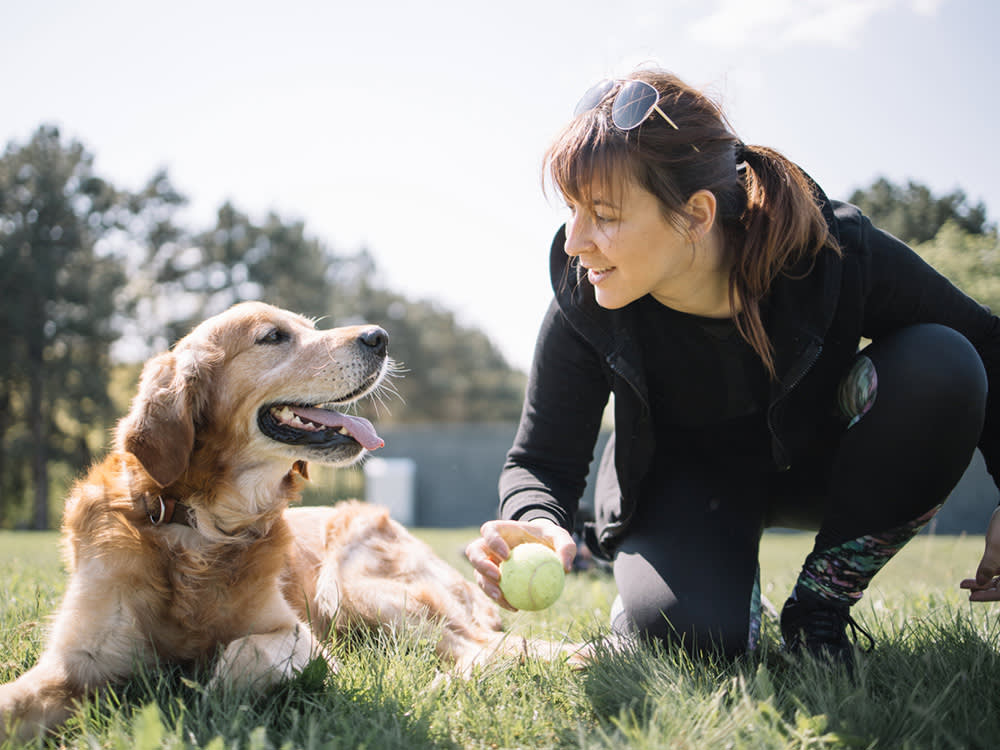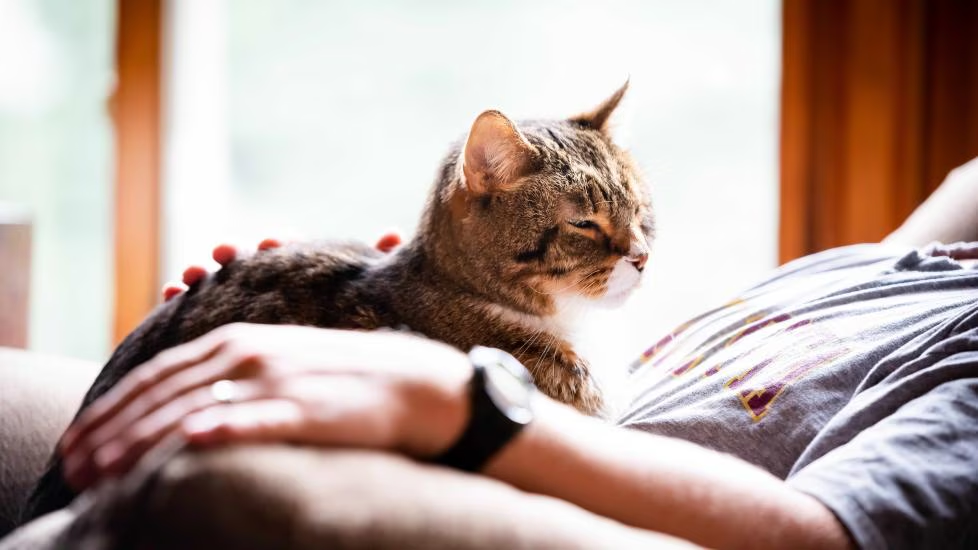As our furry companions age, their needs evolve, much like ours do. My golden retriever, Max, used to bound after tennis balls like a puppy, but now at 10 years old, he prefers leisurely strolls and cozy naps. Watching him slow down tugged at my heart, but it also taught me how vital tailored care is for senior pets. This guide dives deep into senior pet care, focusing on when and why your aging dog or cat needs those crucial vet check-ups. Packed with practical tips, real-life examples, and vet-approved advice, this article will help you ensure your pet’s golden years are comfortable, happy, and healthy.
Why Senior Pet Care Matters
As pets enter their senior years, their bodies and behaviors change, often in subtle ways that can signal health issues. Regular vet check-ups become essential to catch problems early, ensuring your pet stays comfortable and thrives. From mobility challenges to organ function decline, senior pet care is about proactive love and attention.
The Emotional Bond with Senior Pets
Caring for a senior pet is a labor of love. Their graying muzzles and slower steps remind us of the years of joy they’ve brought. Regular check-ups honor that bond by addressing their evolving needs with compassion.
Aging Isn’t a Disease, But It Brings Risks
Aging itself isn’t an illness, but it increases the risk of conditions like arthritis, kidney disease, or cognitive decline. Routine vet visits help detect these issues early, often making them easier to manage. Think of it as giving your pet a head start on health.
When Is Your Pet Considered Senior?
Pets age faster than humans, and the “senior” label depends on their species, breed, and size. Understanding when your pet enters this stage helps you adjust their care proactively.
Age Guidelines for Dogs and Cats
- Small dog breeds (under 20 lbs): Senior at 10–12 years.
- Medium dog breeds (20–50 lbs): Senior at 8–9 years.
- Large dog breeds (50–90 lbs): Senior at 6–7 years.
- Giant dog breeds (over 90 lbs): Senior at 5–6 years.
- Cats: Senior at 10+ years, with some considered “mature” at 7.
For example, my friend Sarah’s Chihuahua, Tinkerbell, didn’t show senior signs until 11, while my Max, a large breed, started slowing down at 7. Your vet can pinpoint your pet’s stage based on their health.
Why Breed and Size Matter
Larger breeds age faster due to their shorter lifespans, while smaller dogs and cats often live longer. Knowing your pet’s breed-specific aging timeline helps you schedule check-ups at the right time.
Signs Your Pet Needs a Vet Check-Up
Spotting changes in your pet’s behavior or physical condition is key to knowing when they need a vet visit. Senior pets often hide discomfort, so vigilance is crucial.
Physical Signs to Watch For
- Weight changes: Sudden gain or loss can signal thyroid issues, diabetes, or cancer.
- Mobility issues: Stiffness, limping, or hesitation on stairs may indicate arthritis.
- Appetite shifts: Eating less or more could point to dental pain or digestive problems.
- Vision or hearing loss: Bumping into furniture or not responding to calls.
- Bad breath or dental issues: Can indicate gum disease or tooth decay.
When Max started limping after short walks, I worried it was just “old age.” A vet visit revealed early arthritis, and with treatment, he’s moving better than ever.
Behavioral Changes to Notice
- Increased anxiety or confusion: Pacing at night or getting “stuck” in corners may suggest cognitive dysfunction.
- House soiling: Accidents in a previously trained pet could indicate kidney issues or incontinence.
- Lethargy or withdrawal: Less interest in play or social interaction.
These changes aren’t just “aging”—they’re clues that a vet check-up is overdue.
How Often Should Senior Pets See the Vet?
Senior pets need more frequent vet visits than their younger counterparts. The consensus among experts is clear: twice-yearly check-ups are a must for healthy senior pets.
Why Twice a Year?
A pet’s aging process is rapid—each year equates to 5–7 human years. Biannual exams catch subtle changes before they become serious, improving outcomes and often reducing treatment costs. If your pet has a chronic condition, more frequent visits may be needed.
What Happens During a Senior Pet Check-Up?
A senior pet exam is thorough, covering multiple aspects of health to ensure nothing is missed.
- Physical exam: A nose-to-tail check of body systems, including heart, lungs, and joints.
- Dental assessment: Checking for gum disease or tooth decay, common in older pets.
- Behavioral review: Discussing changes like anxiety or sleep patterns.
- Diagnostic tests: Bloodwork, urinalysis, and blood pressure checks to monitor organ function.
For instance, during Max’s last visit, his vet noticed slightly elevated kidney values in his bloodwork. Early dietary changes helped stabilize his condition, proving the value of routine tests.
Common Health Issues in Senior Pets
Senior pets face a range of health challenges, many of which can be managed with early detection and proper care. Here’s a breakdown of the most common issues and how check-ups help.
Arthritis and Mobility Issues
Arthritis affects up to 80% of senior dogs and many cats, causing joint pain and stiffness. Regular vet visits allow for early screening and treatments like joint supplements or pain relief.
Kidney and Liver Disease
Kidney disease is prevalent in senior cats, while liver issues can affect both cats and dogs. Blood and urine tests during check-ups can detect early signs, enabling dietary or medical interventions.
Dental Disease
Dental issues, like gum disease or tooth loss, are common in older pets and can lead to pain or infections. Routine dental exams and cleanings keep your pet’s mouth healthy.
Cognitive Dysfunction
Similar to dementia in humans, cognitive dysfunction causes confusion, anxiety, or disorientation. Vets can recommend enrichment or supplements to slow its progression.
Cancer
Cancer risk increases with age, but early detection through exams or imaging can improve treatment success. A friend’s cat, Luna, had a tumor caught early during a check-up, and she’s now thriving post-surgery.
| Health Issue | Signs to Watch For | Vet Check-Up Action |
|---|---|---|
| Arthritis | Limping, stiffness, reluctance to move | Joint screening, pain management |
| Kidney/Liver Disease | Increased thirst, weight loss, lethargy | Bloodwork, urinalysis, dietary changes |
| Dental Disease | Bad breath, difficulty eating, drooling | Dental exam, professional cleaning |
| Cognitive Dysfunction | Confusion, night pacing, house soiling | Behavioral assessment, enrichment plans |
| Cancer | Lumps, weight loss, appetite changes | Imaging, biopsies, treatment planning |
Tailoring Your Pet’s Care Plan
Every pet is unique, and their care plan should reflect their specific needs. Your vet can help customize nutrition, exercise, and medical care for your senior pet.
Nutrition for Senior Pets
Senior pets often need lower-calorie diets to prevent obesity, which strains joints and organs. Look for foods with:
- Joint support: Glucosamine and omega-3 fatty acids.
- High moisture: Canned or raw foods for kidney health.
- Prescription diets: For specific conditions like kidney or heart disease.
Consult your vet for breed-specific recommendations. Max’s vet suggested a senior formula with joint supplements, and he’s maintained a healthy weight since.
Exercise and Mental Stimulation
Low-impact activities like short walks or swimming keep senior pets mobile without overexertion. Mental enrichment, like puzzle toys, helps combat cognitive decline. For example, I use a treat-dispensing toy for Max, which keeps him engaged and happy.
Grooming and Comfort
Senior pets may struggle with grooming, leading to matted fur or skin issues. Regular brushing, softer beds, and ramps for mobility make a big difference. Heated pads also soothe arthritic joints.
Pros and Cons of Senior Pet Care Plans
| Pros | Cons |
|---|---|
| Early detection of health issues | Time and cost of frequent vet visits |
| Tailored nutrition and exercise improve health | Potential need for ongoing medications |
| Holistic therapies enhance comfort | Emotional challenge of managing chronic issues |
| Strengthens bond through attentive care | Adjusting home for mobility needs |
Holistic Approaches to Senior Pet Care
Beyond traditional vet care, holistic therapies can enhance your pet’s quality of life. These gentle options are ideal for aging pets.
Pet Massage and Acupuncture
Massage improves circulation and reduces stiffness, while acupuncture can relieve pain from arthritis or neurological issues. A friend’s senior cat, Whiskers, regained mobility after regular acupuncture sessions.
Reiki and Emotional Support
Reiki promotes calm and reduces anxiety, especially for pets with cognitive decline. It’s non-invasive and soothing, perfect for frail pets.
Supplements for Joint and Cognitive Health
Supplements like omega-3s, glucosamine, and antioxidants support joints and brain health. Always consult your vet before starting supplements to ensure they’re safe for your pet.
People Also Ask (PAA)
When should I take my senior pet to the vet?
Senior pets should visit the vet every 6 months for routine check-ups, or more often if they have chronic conditions. Early detection of issues like arthritis or kidney disease improves outcomes.
What’s the best food for senior pets?
Senior pet foods should have fewer calories, added joint support (like glucosamine), and high moisture for kidney health. Consult your vet for breed-specific options tailored to your pet’s needs.
How can I tell if my pet is in pain?
Look for signs like limping, reluctance to move, changes in appetite, or behavioral shifts like aggression or withdrawal. Regular vet exams can confirm and address pain.
Are vaccinations still necessary for senior pets?
Yes, but your vet may adjust based on your pet’s lifestyle. Core vaccines like rabies remain essential, as senior pets have weaker immune systems.
FAQ Section
Q: How do I know if my pet is considered senior?
A: Dogs are senior at 5–12 years, depending on breed size (giant breeds earlier, small breeds later), and cats at 10+ years. Your vet can confirm based on your pet’s health and breed.
Q: What tests are recommended during senior pet check-ups?
A: Common tests include complete blood count (CBC), urinalysis, blood chemistry panel, thyroid testing, and blood pressure checks. These detect issues like anemia, kidney disease, or hypertension.
Q: Can holistic therapies really help senior pets?
A: Yes, therapies like massage, acupuncture, and Reiki can reduce pain, improve mobility, and promote calm. Always work with a vet-trained professional for safety.
Q: How can I make my home senior pet-friendly?
A: Use ramps, non-slip mats, orthopedic beds, and elevated bowls to support mobility and comfort. Night lights help pets with vision loss navigate safely.
Q: What should I do if my senior pet stops eating?
A: Appetite changes can signal dental issues, digestive problems, or serious conditions like cancer. Schedule a vet visit immediately to diagnose and treat the cause.
Where to Get Senior Pet Care Resources
- Veterinary clinics: Find AAHA-accredited hospitals for trusted senior care. AAHA.org offers a directory of accredited vets.
- Pet supply stores: Tractor Supply Co. and Petco carry senior-specific foods, beds, and mobility aids. TractorSupply.com
- Online communities: Join forums like Petworks for free access to vet-approved tips and service providers. Petworks.com
Best Tools for Senior Pet Care
- Orthopedic pet beds: Brands like PetFusion offer supportive beds for joint pain relief.
- Ramps and steps: PetSafe’s ramps help pets access furniture or cars safely.
- Joint supplements: Nutramax Cosequin is vet-recommended for arthritis support.
- Puzzle toys: Outward Hound’s toys keep senior pets mentally sharp.
Conclusion: Cherishing Your Senior Pet’s Golden Years
Caring for a senior pet is a privilege that comes with responsibility. Those slower walks and graying muzzles are reminders of the love and loyalty they’ve given us. By scheduling regular vet check-ups, tailoring their diet and exercise, and exploring holistic therapies, you can ensure their golden years are filled with comfort and joy. Max taught me that a little extra care goes a long way—his wagging tail during our short evening strolls says it all. Stay proactive, consult your vet, and give your senior pet the love they deserve.
